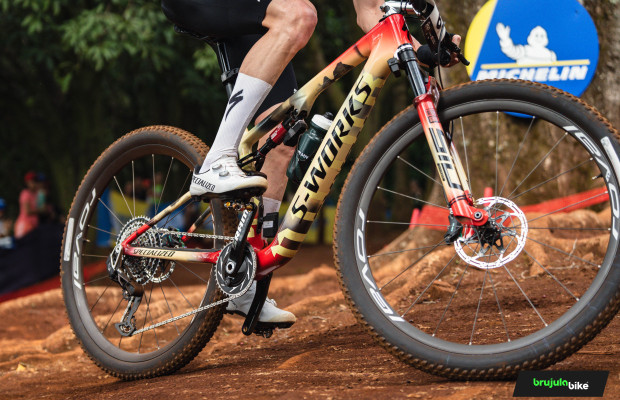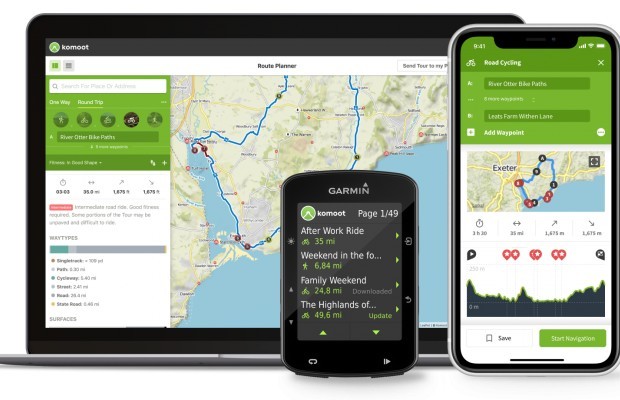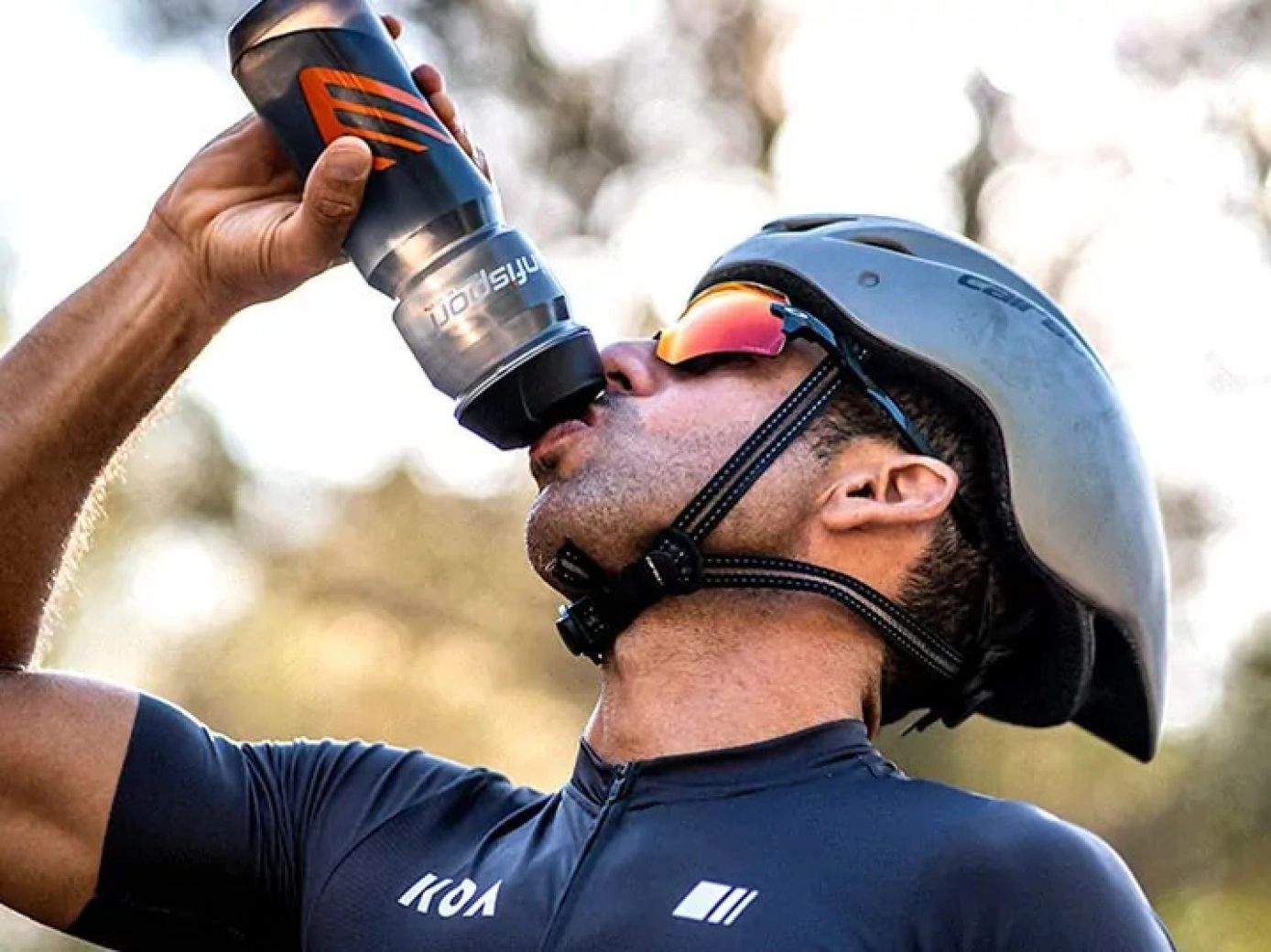How many days should a cyclist rest per week?
All cyclists know that we need to rest, but many do not know clearly how much and how, depending on our goals. Rest is important to progress and for the body to assimilate the stress we subject it to during training, generating the necessary adaptations to withstand a new load. However, doubts arise when it comes to how much rest is adequate and where to place it within our training plan.

Why should we rest?
Your body needs to rebuild after the tough training sessions you put it through. When we talk about rebuilding, we are referring to the muscle fibers that break during training, as well as the replenishment of glycogen and carbohydrates in our muscles. During this process, a phenomenon known as supercompensation occurs, during which the body not only recovers but also produces various adaptations: increased muscle fibers, greater blood volume, more mitochondria in cells, etc., which help it not only withstand an effort like the previous one but also anticipate a greater effort, in other words, there is an improvement in physical fitness. The correct scheduling of training loads and recoveries is the essence of training that allows us to be in better shape each time.
How often should we rest?
RECOMENDADO

S-Works: what does it really mean and where does Specialized's most exclusive label come from?

The best apps for cycling and mountain biking

Black Friday 2025 cycling bargains: save on Garmin, POC, Maxxis and more

Black Friday Garmin 2025: the ultimate guide to choosing your GPS at the best price

Do you need suspension on your gravel bike?

Countersteering, braking and cornering: the basics to improve your cornering skills
As is often the case with training, there is no general answer to when we should rest. Many factors influence how much rest is necessary. It all depends on the cyclist's level, age, the type of training done, or the time of the season we are in.
As a general rule, the lower our level and the older we are, the more rest time we will need to establish within our plan, although a more or less standard figure would be two days per week. Normally, Monday after the weekend where much more riding is usually done or competitions are held, and Friday, precisely to arrive as fresh as possible for the weekend events. Apart from that, the mesocycles in which training is traditionally structured are divided into periods of 4 weeks or microcycles. 3 of them are usually of increasing load, either in intensity, volume, or both, and 1 microcycle of recovery.

Before continuing, it is worth mentioning that when it comes to rest, it can be total, that is, not touching the bike or engaging in other activities; or active, which involves going for an easy ride or dedicating that day to alternative physical work such as stretching sessions, postural work, etc. Again, this is usually linked to the cyclist's level. The higher the level, the more difficult it is to find days of total rest, as these days are usually occupied by a short, low-intensity ride or a visit to the gym.
Also, the more demanding the training, the longer the time needed to recover and achieve the desired supercompensation. This is precisely where the coach's expertise comes in and determines how we progress in our fitness. For example, if we have done a day of very high-intensity intervals, the next day we will most likely have to do a very easy recovery session or even total rest. But if that quality work was at a medium intensity, for example, some tempo sessions, the next day it is very likely that we will not rest but have to do a long endurance session, or even longer intervals. The combinations are endless and, as we say, depend on the part of the season we are in and the guidelines of our coach.

Fortunately, power meters and the various current methodologies have provided coaches with new tools to know when to apply rest and what type. For example, among the metrics offered by various power-based training software, we find data such as ATL, CTL, or TSB that are reflected in a graph with which we can assess the evolution of the fitness level and the "freshness" state of the cyclist based on the applied loads. Based on this data, the coach can decide when rest is necessary or when loads can continue to be applied.
On rest days, to maximize its effects, it is advisable to focus on aspects such as nutrition or hydration so that the body can rebuild better in the available time without load. Details such as prioritizing protein intake over carbohydrates, but not neglecting carbohydrates to ensure glycogen stores are replenished, can help us arrive much fresher and more rested for the next training session, which ultimately translates into better sensations and a greater ability to achieve the planned goal and continue the expected progression.
When to take unplanned rest
Sometimes our body asks for that unplanned break in the form of a rest day through different signals:
If you go out to train and feel heavy, slow, and unable to complete the session, it is a clear sign. Listen to your body, if you are training six or seven days a week and this happens, you are probably training too much and need to rest.

Although power is the reference in training, heart rate remains a useful tool to understand how the body responds to and assimilates training. If we are looking to increase power intensity and see that heart rate does not rise, it may be a sign that we are not fully recovered from the previous session or may even be harboring an illness. In those cases, it is advisable not to force it and rest. In recent times, cycle computers are also capable of measuring heart rate variability, which provides a measure of how well the body has recovered and is usually displayed on the screen after checking this data during the first few minutes of each training session. If the cycle computer detects fatigue in its heart rate measurement, it is best to follow the recommendation.
Furthermore, recovery not only involves the physical aspect but also the mental aspect. If we feel overwhelmed by cycling, something that often happens due to work and personal demands of daily life and the difficulty many face in fitting training into their daily routine, it is better not to force the situation and attend to those other obligations. After all, none of us make a living from cycling, even though we enjoy being in top shape and performing well in competitions, rides, or simply group rides.